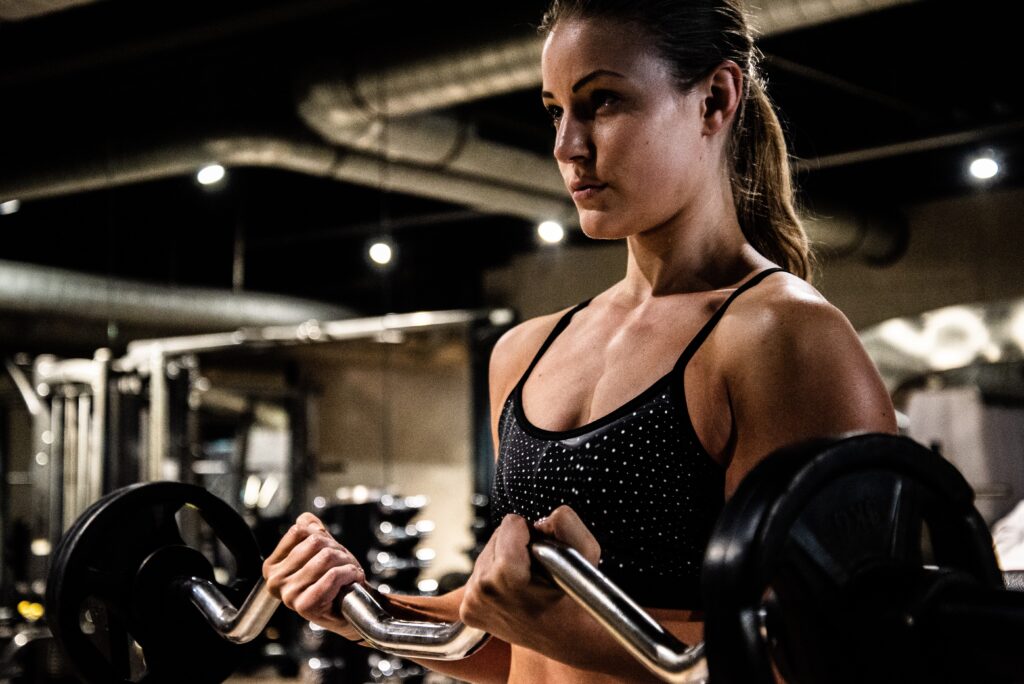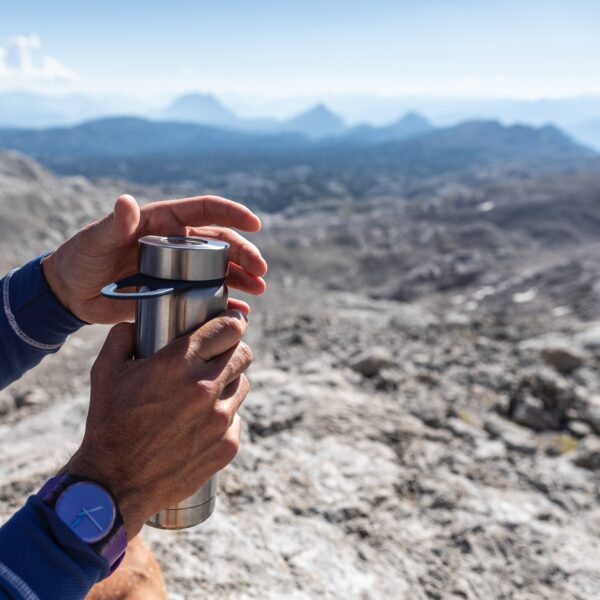Strength training can increase muscle mass and bone strength, improve body composition, increase flexibility, and reduce your risk of injury – not to mention the feeling of empowerment it brings! It not only benefits your fitness but can also make you more capable and resilient in your everyday life.
If you’ve been a fan of strength training for a while and have established your base strength in each of the three key lifts of strength training — the squat, the deadlift and the bench press — you’re probably feeling ready to take your training to the next level. You can progress by using your one-rep max (also known as 1RM) to determine the weight to use for each exercise.
Calculating your 1RM is a great way to determine the exact weight you should be using for these exercises to ensure you’re getting the best results from your training.

What Exactly Is 1RM?
1RM is the maximum weight you can lift if you only have to do one repetition of an exercise. It’s considered the “gold standard” test of strength.
When you lift your 1RM weight, you shouldn’t be able to complete a second repetition. The idea is that you give everything you have in that single rep — that’s where the name comes from.
Why should I use 1RM in my training?
Knowing your 1RM allows you to choose the right weight for each exercise so you can maximise your training and progressively build your strength. When you train at a specific percentage of your 1RM, you’ll be following a scientifically proven training technique to achieve your fitness goals.
Using your 1RM, combined with other training techniques such as variable resistance training, can also help you to overcome a training plateau. It’s a tool anyone can use to strategically increase strength — it’s not just for bodybuilders and powerlifters.
How Does It Differ From RPE?
RPE and 1RM are both important and useful measures of training intensity. Your rate of perceived exertion (RPE) is a subjective rating based on how strenuous a particular exercise feels to you. This might fluctuate based on how you’re feeling, whether you’ve eaten enough or slept well, if you’re experiencing stress, and what your total training load for the week looks like.
1RM is an objective measure of your training ability. It represents your total maximum strength for a given lift, under ideal conditions. You may not be able to repeat your 1RM every day, especially when you have had a hard training week or poor sleep.

How do you calculate your 1RM?
You can calculate your 1RM using this formula:
Weight x reps x 0.0333 + weight = estimated 1RM
For example, if you can usually bench 60kg for 6 reps, your 1RM calculation will look like this:
60 x 6 x 0.0333 + 60 = 71.988. Round it up to 72kg, and you have your estimated 1RM.
How Do You Use 1RM In A Workout?
Your 1RM is used to determine how heavy your weights should be in your workouts. Usually, this will be a percentage of your 1RM. When you first start strength training, you should choose a weight that you can use to complete 10-12 repetitions of an exercise. The last few reps should feel tough, but achievable. As you gain strength, you can increase the weight you lift and decrease the number of repetitions. You’ll use your 1RM to determine the amount you should be lifting to effectively increase your overall muscle strength. When doing a 1RM or five-rep max test, remember that good form ALWAYS needs to come first to protect yourself from injury, recruit the correct muscles and gain strength in a balanced way.

Here’s an example of how you might use your 1RM in your weight training:
Start at 70% of 1RM
To improve your endurance, use a weight that’s 70% of your 1RM for sets of 12-20 reps.
Move up to 80% of 1RM
To stress your muscle fibres, use a weight that’s 80% of your 1RM for sets of 7-12 reps.
Increase to 90% of 1RM
To teach your muscles power and speed, use a weight that’s 90% of your 1RM for 3-4 sets of 3-4 reps. Make sure you take enough rest and recovery time in between each set.
Increase to 95% of 1RM
To push past your limits and focus on strength, use a weight that’s 95% of your 1RM for sets of just 1-3 reps. This will feel heavy, so make sure you have a spotter or safety mechanisms on your equipment to keep you safe during each lift.


